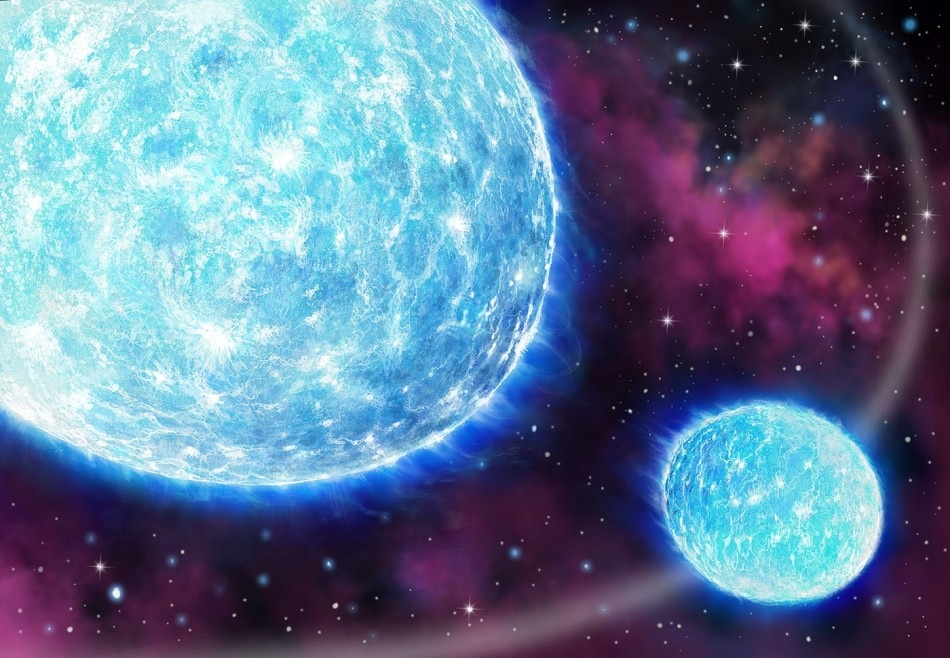Mar 8 2017
 Iota Orionis. Image by Danielle Futselaar.
Iota Orionis. Image by Danielle Futselaar.
Researchers discover the biggest stellar heartbeat ever, using the smallest astronomical satellites present in the world.
A repeating one percent spike in the light of an extremely massive star, capable of changing the present understanding of such stars, has been discovered by astronomers from the BRITE (BRight Target Explorer) Constellation project and Ritter Observatory.
Iota Orionis, a binary star system, can be seen easily by the naked eye and is also considered to be the brightest star in the constellation Orion’s sword. The journal Monthly Notices of the Royal Astronomical Society presents a report on this system’s unique variability, which was identified using nanosats, also known to be the world’s smallest astronomical space satellites.
As the first functional nanosatellite astronomy mission, the BRITE-Constellation is at the vanguard of this coming space revolution.
Gregg Wade, Royal Military College of Canada
The light from Iota Orionis rapidly dips followed by a huge spike even though it is relatively stable 90% of the time.
The variations look strikingly similar to an electrocardiogram showing the sinus rhythms of the heart, and are known as heartbeat systems.
Herbert Pablo, Principal Investigator
Herbert Pablo is also a post-doctoral researcher at Université de Montréal and member of the Centre for Research in Astrophysics of Quebec (CRAQ). This strange variation is an outcome of the interaction of two stars in a highly elliptical 30-day orbit around each other.
The two stars come almost eight times closer together for a short span of time once every orbit, even though they spend most of their time far away from each other. It is at this point that the gravitational force existing between the two stars becomes extremely powerful that it rapidly alters their shapes, similar to pulling on the end of a balloon, producing unusual changes in light.
Iota Orionis represents the very first time this effect has been observed in such a huge system (35 times the mass of the Sun), which is an order of magnitude bigger than any in earlier known systems, and enables direct determination of the radii of the components and also the masses in a direct manner.
A shaking star is similar to an open book.
What is more interesting about these systems is that they allow individuals to look closely inside the stars themselves.
The intense gravitational force between the stars as they move closer together triggers quakes in the star, allowing us to probe the star’s inner workings, just as we do for the Earth’s interior during Earthquakes.
Herbert Pablo, Principal Investigator
Generally, the occurrence of quakes is very rare in massive stars and this is the very first time induced quakes have been observed in such a massive star, let alone one whose radius and mass are known. The first real clues on how such massive stars evolve have been presented by these exceptional quakes.
Astronomers are optimistic that this discovery will indeed provide the initiative that will help search for other similar systems, developing a basic shift in how individuals study the evolution of massive stars. This is important because massive stars are considered to be laboratories of elements vital for human life.